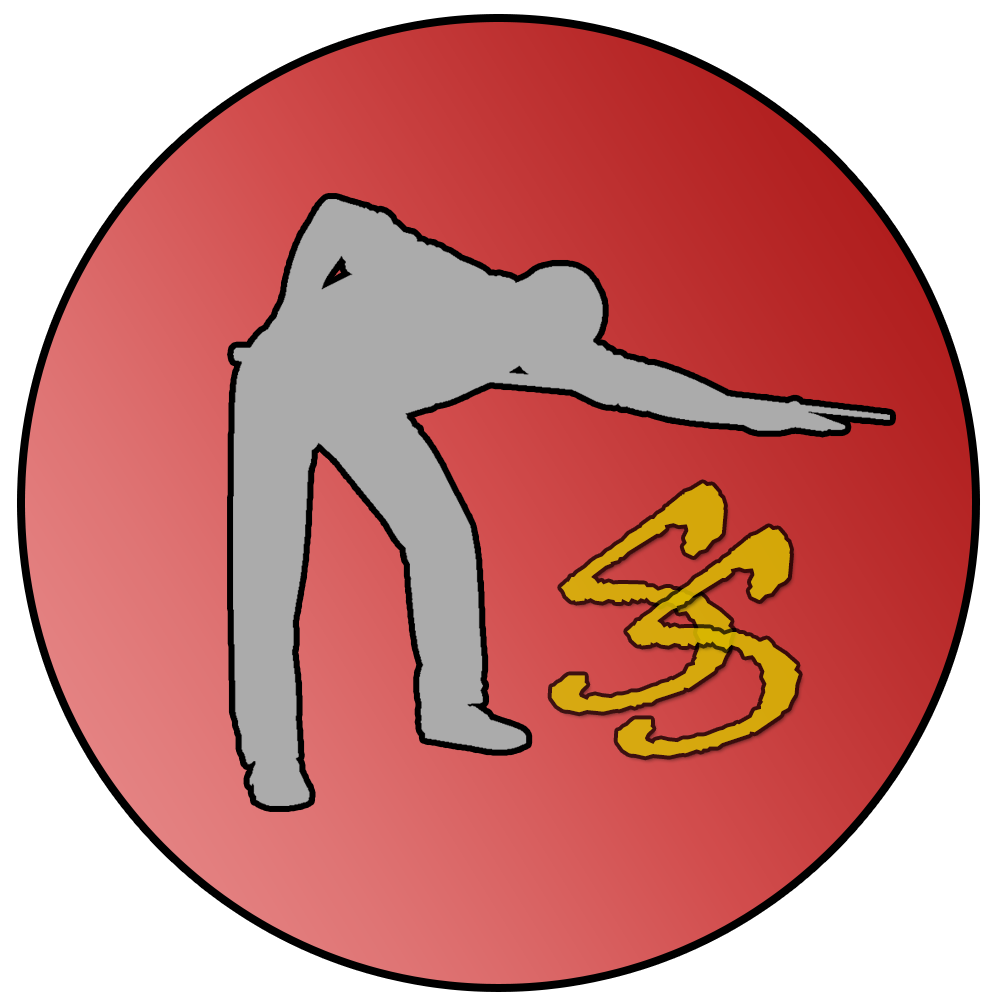The 19th century catalogued many of history’s most significant inventions such as the telephone, typewriter and camera. Among these creations were literary publications, one of which famously recorded the events of a Count and his movements from Transylvania to England in an attempt to…wait, what? Oh, my bad. This is about a different Dracula. Let’s talk about Ray Reardon!
Reardon was one of the key figureheads of the 1970s (and part of the late 60s) involved when snooker was gaining popularity and exposure to the viewing public. Alongside talents such as Alex Higgins, John Spencer and Eddie Charlton, Reardon was the most successful of the group of players that ushered snooker into the homes of millions as he dominated the decade. Aided by the success of Pot Black (click here to read about that), Reardon paved the way with his skill and character for the generations that followed.
Former coal miner and policeman, Reardon had noteworthy success in amateur competition during his late teens (in the 1950s) as he won a consecutive number of Welsh Amateur titles. He was also able to win the English Amateur title against cohort, Spencer in 1964, the success of which ultimately led to Reardon’s professional turn in 1967.
Following the success of the newly televised Pot Black, Reardon and others were propelled to stardom as snooker became a household favourite. Reardon was able to rise to the top during this era as he began his sweep of World Championships – which was obtained during a time where finals lasted far longer than a best-of-35. His first came in 1970 and although he couldn’t defend it, led to a successful four consecutive ventures from 1973-1976. This included a nail-biting deciding frame in 1975 (held in Australia) between Reardon and Charlton, where the scores were 30 frames each, with one more to play.
Reardon was also able to achieve victory at the Crucible in its second iteration as he became the oldest World Champion at 45 years old in 1978. He would have one last shot at the World title a few years later in 1982 as he came up against old rival Alex Higgins in what was a closely fought and highly memorable contest.
Regardless of whatever ranking system was implemented at the time, there was no doubt relating to Reardon’s position at No. 1. Rankings were introduced in 1976/77 and Reardon held No. 1 for 5 years into the 1980s where Steve Davis entered the scene. Reardon was able to regain this position in 1982 as he became the oldest player to win a ranking event at age 50; still showing his formidable brilliance on the snooker table. And that’s the kind of player he was. Brilliant long potter including along the cushion, and a terrific tactician.
Unfortunately, the UK Championship was introduced in 1984 otherwise this would have been a trophy that Reardon would have added to his collection alongside the Masters in 1976. Nevertheless, you just need to look at his Wikipedia page to view all the finals Reardon has contested and trophies he has won.
The important quality about Reardon was that his skill and fortitude on the snooker table was matched by his professionalism and integrity off the table. He was a prodigious ambassador, in a time where the sport needed one to carry it through the rising boom it was experiencing. Yet Reardon was still able to deliver entertainment and display great character as he (among others) lit the flame that still burns bright to this day.
Like this Short? Click here to read: Player Spotlight – David Gilbert
Have an idea for a Short post? Feel free to get in touch using the social media links below! Thanks for reading!









